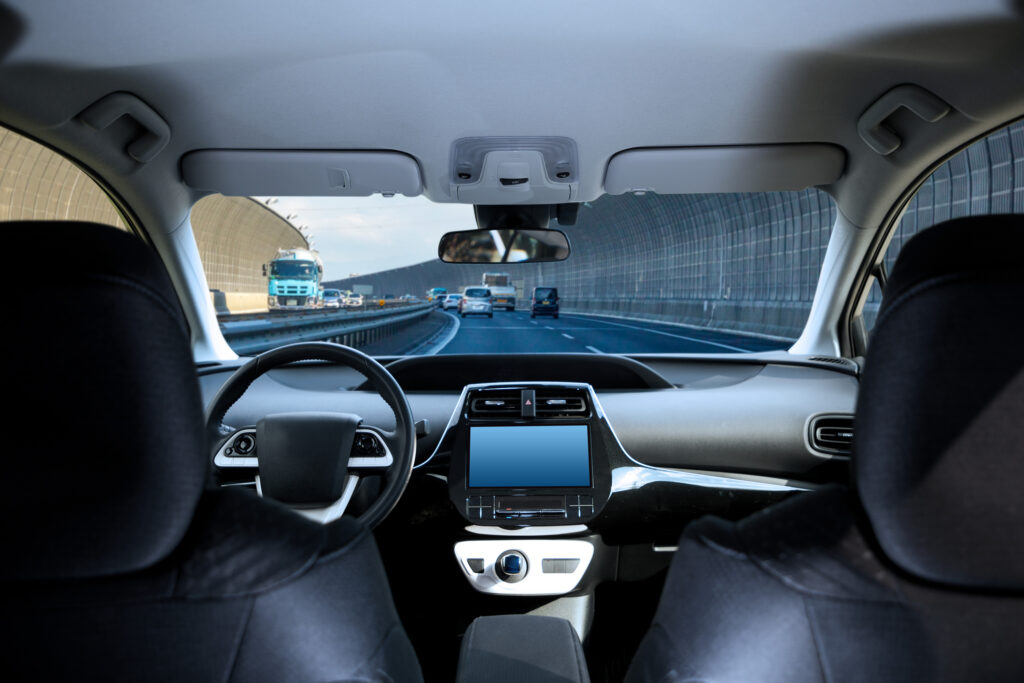“Once cars become truly self-driving, they’ll be as revolutionary as the personal computer.” – Bill Gates
Last week, four of the Magnificent Seven – Microsoft, Meta, Alphabet, and Tesla – reported quarterly earnings. This was a litmus test for investors looking to see if these tech behemoths could keep powering the market higher, and the results were mostly positive. One thing is clear: spending on Artificial Intelligence is booming. Meta increased its spending guidance by $5 billion and Tesla announced it had purchased 35,000 of Nvidia’s H100 chips with plans to buy 50,000 more. The AI Wars are intensifying, with the technology behemoths spending hundreds-of-billions of dollars to win. While investors are optimistic that this spending will ultimately pay off, it may take years to monetize.
Tesla was perhaps the most interesting story; it’s shares were the worst performer in the S&P500 this year and pundits went as far to say it had fallen out of the Mag 7. The EV industry fell on hard times, with US consumers opting for hybrid vehicles rather than fully electric, resulting in a 9% decline in Tesla’s quarterly vehicle sales. Just last year, the expectation was for vehicles sold to grow by 50% annually for the foreseeable future. When demand faltered, investors recalibrated expectations.

Stay on Top of Market Trends
The Carson Investment Research newsletter offers up-to-date market news, analysis and insights. Subscribe today!
"*" indicates required fields
The narrative shifted to the Model 2, a lower priced vehicle in the range of $25,000. It offered a potential solution to address the price gap between EVs and traditional vehicles. This affordable option was anticipated to unlock a new wave of demand, with production set to begin by the end of 2025. However, in the weeks before the earnings announcement, a Reuters report suggested Tesla might abandon the Model 2 in favor of doubling down on its Robotaxi initiative. Elon Musk’s tweet teasing a “Tesla Robotaxi Unveil on 8/8” intensified these concerns, sparking speculation that Tesla was shifting focus away from vehicle sales growth.
In some regards the pivot made sense, fully autonomous technology could potentially offer Tesla a lucrative subscription-based business model, with other automakers licensing their technology. Autonomous has the potential to be far more valuable than manufacturing the vehicles themselves. However, many experts believe that achieving full autonomy remains an elusive goal, likely still years away. Without a more affordable vehicle option and with Tesla’s focus solely on developing autonomous, the financial outlook appeared uncertain over the next few years.

As it turned out, the company pleasantly surprised investors with updates on both fronts. Tesla remains focused on autonomous technology, while also affirming its plans for a low-cost vehicle. In fact, they’re accelerating production by utilizing its existing factory footprint rather than building anew. However, Musk was elusive about achieving a sub-$30,000 price tag, leaving me envisioning a more basic version of the popular Model 3/Y. Still, the renewed commitment to affordability and an accelerated timeline eased concerns about sales growth over the next few years.
The company is navigating a crucial juncture, between growth phases as Musk refers to it. Competitors like GM and Ford are shifting towards hybrid vehicles, pulling back from pure EVs. This could ultimately pave the way to Tesla to seize a larger slice of the EV market.
But the real question on my mind is the timeline for fully autonomous vehicles. Thanks to generative artificial intelligence, we’re closer than ever, and the pace has accelerated due to technological breakthroughs it affords. Notable competitors, including Apple, have bowed out of the autonomous race, leaving Google’s Waymo and GM’s Cruise as Tesla’s primary challengers. Both are banking on more expensive laser-based technologies, which may prove cost prohibitive.
Self-driving cars promise to revolutionize our world in ways we’re only beginning to grasp. Imagine reclaiming the 12 days a year the average person spends driving, or the potential to drastically reduce the more than 40,000 traffic fatalities in the US annually. Beyond safety and time savings, self-driving technology will grant newfound freedom to those unable to drive and give rise to innovative new businesses. It stands as one of the most transformative technologies on our horizon. While the timeline remains uncertain, current examples like nearly 2 million drivers using Tesla’s FSD 12 and Waymo offering rides in Phoenix, San Francisco, and L.A., offer promising glimpses into the future.
At the heart of this revolution lies Artificial Intelligence (AI), driving advancements from autonomous driving to ChatGPT, and accelerating breakthroughs in medicine and quantum computing. Recent corporate earnings make one thing certain: the race to harness the power of AI is on.
For more content by Jake Bleicher, Portfolio Manager click here.
02219963-0424-A


